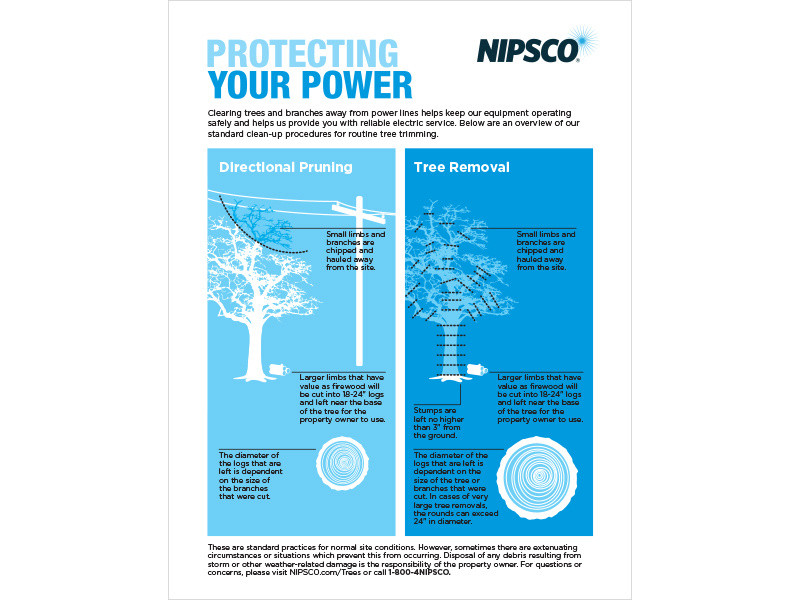When it comes to developing a landscape that prospers, grasping the art of tree trimming is a must. Visualize being able to sculpt your trees with precision, guaranteeing their vitality and elegance for several years ahead. By learning maintenience for proper cuts, timing, and architectural training, you hold the secret to a growing outdoor area that will thrill all that experience it. However just how do these pruning methods genuinely affect the health and wellness of your trees and the total landscape aesthetic?
Proper Pruning Cuts for Tree Health
When it comes to preserving the health and wellness of your trees, making appropriate trimming cuts is essential. Inaccurate cuts can lead to illness, insect infestation, and overall tree decline. To make sure the vigor of your trees, always begin by using sharp, tidy tools to make accurate cuts.
Begin by identifying the branch collar, a puffy area where the branch affixes to the trunk. Cutting simply outside the collar assists promote correct recovery and minimizes the danger of infection. Stay clear of leaving stubs as they can invite insects and diseases right into the tree.
Bear in mind to make cuts at a mild angle, sloping away from the trunk, to stop water from pooling on the injury. Furthermore, get rid of any type of dead, damaged, or going across branches to enhance air blood circulation and sunshine infiltration.
Timing and Frequency of Trimming
To keep the health and structure of your trees, recognizing the ideal timing and frequency of trimming is vital.
The very best time to prune trees is usually during the dormant season in late winter season or early springtime. Pruning during this period assists promote new growth once the tree begins budding in the springtime.
However, some trees, like spring-flowering ones, are best pruned right after they finish growing to stay clear of cutting off following year's blossom buds.
Normal trimming is vital, yet the regularity relies on the tree types and its development rate. For the majority of trees, a yearly assessment to get rid of dead, diseased, or going across branches is recommended. Youthful trees might call for more regular pruning to establish a solid structure, while fully grown trees might only need upkeep pruning every few years.
Stay clear of pruning throughout the autumn when diseases are a lot more conveniently spread, and avoid hefty pruning during the summertime when the tree is actively expanding.
Educating Young Trees for Structure
For developing solid and healthy trees, training young trees for optimum framework is crucial. By forming main maintenance when it's young, you established the structure for a strong and visually enticing mature tree.
Begin by recognizing the main leader, which is the major upward-growing branch. Urge the central leader's development by pruning away competing leaders, assisting the tree create a solid main trunk. Additionally, remove any branches that expand internal or downward, as they can create architectural issues as the tree grows.
It is essential to area out side branches equally around the trunk to promote well balanced growth. As the tree grows, continue to check its development and trim as needed to keep its shape and structure.
Appropriately trained young trees are much less likely to develop weak crotches or jammed branches, reducing the risk of damage throughout storms. Investing time in training young trees will settle with a magnificently structured and durable tree in the future.
Conclusion
Now that you have mastered the important strategies of tree trimming, your landscape is on its method to flourishing. By using sharp devices, making exact cuts, and correctly timing your trimming sessions, you are making certain the health and wellness and longevity of your trees. Keep in mind to on a regular basis check and keep your trees to maintain them flourishing. With your newfound knowledge, your landscape will certainly continue to expand magnificently for several years to find. Keep up gardenwork !
